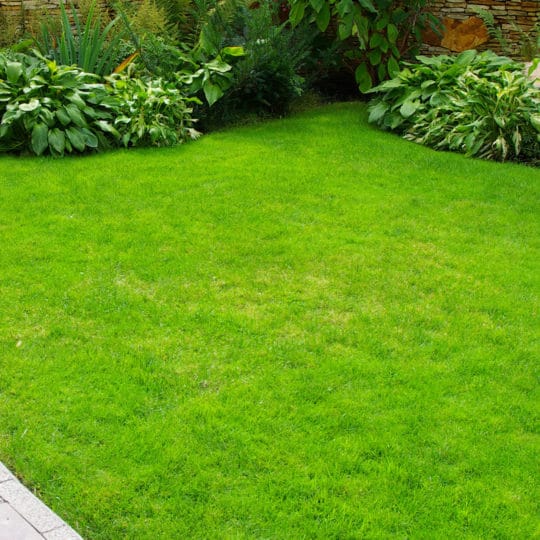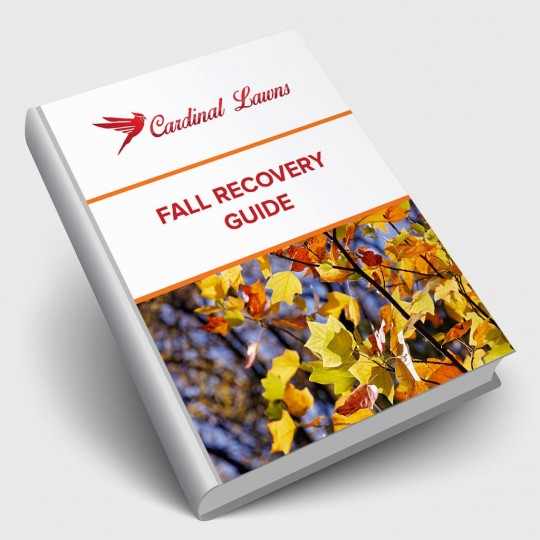Six Healthy Lawn Tips
The Grass is Always Greener…
Posted
February 27, 2020

If you’re one who dreams of lush green grass free of pests and disease, here are some healthy lawn tips to follow.
What to do for a Healthy Lawn
Certain practices can help restore and maintain your lawn—letting it live its best life.
Aeration. Heavy foot, paw, and mower traffic across your grass leads to compacted soil. Loosen it up about once a year so it can breathe and allow important nutrients to reach the roots. Aerating your lawn involves punching holes about three inches deep into your grass, loosening soil and improving air circulation, water flow, and nutrient absorption. Depending on the size of your lawn, there are large machines or smaller handheld tools designed for aerating.
Watering. When it comes to watering your lawn, you want to do it deeply and less often. Infrequent watering forces roots to grow deeper into the soil, strengthening their structure and keeping your grass green. Start with about an inch of water once a week and see how your grass responds. Alter the amount based on the type of grass, soil, and weather. Water again when the top three inches of soil are dry to the touch. The best time to water is in the morning when it’s not as hot or windy.
Mowing. Familiarize yourself with the proper cutting height for the type of grass you have. Always mow the lawn with sharp blades for a cleaner cut.
What to Use to Help Your Lawn
Certain products and formulas are better for your lawn than others. Usually, natural products have more benefits, but be sure the products you’re using are truly all-natural.
Grasscycling. No more bagging grass clippings! While you mow the grass, simply leave any clippings on the lawn. As it quickly decomposes, nutrients are added back to the soil. It also acts as a natural mulch, helping your grass retain water. Save time and your grass while reducing waste with this simple tip. If you still want to collect the clippings, at least add it to the compost bin.
Composting. Food scraps and garden waste can bring new life to your plants and grass as compost. There are many benefits of composting, including:
- Improves water drainage in clay and sandy soils
- Slow release of nutrients
- Stimulates root growth
- Helps prevent erosion of topsoil
- Recycles waste
- Balances pH levels of most soils
- Attracts beneficial insects, worms, and other organisms
Natural Products. There are many natural products to fertilize your lawn and help prevent pests and weeds. More natural products are better for your grass, family, pets, and the environment. Corn gluten meal can be used as a natural preemergent herbicide and lawn fertilizer. Certain fungi are beneficial in strengthening the soil and root system.
Growing and maintaining a healthy lawn doesn’t have to be hard. For more tips, contact Cardinal Lawns and make those lush green grass dreams a reality.

Download Your FREE Fall Recovery Guide
Summer’s extreme conditions can take a toll on your grass and its health. Take some time to learn how to bring your lawn back to life. This handy guide teaches you what needs to be done for a full fall recovery.